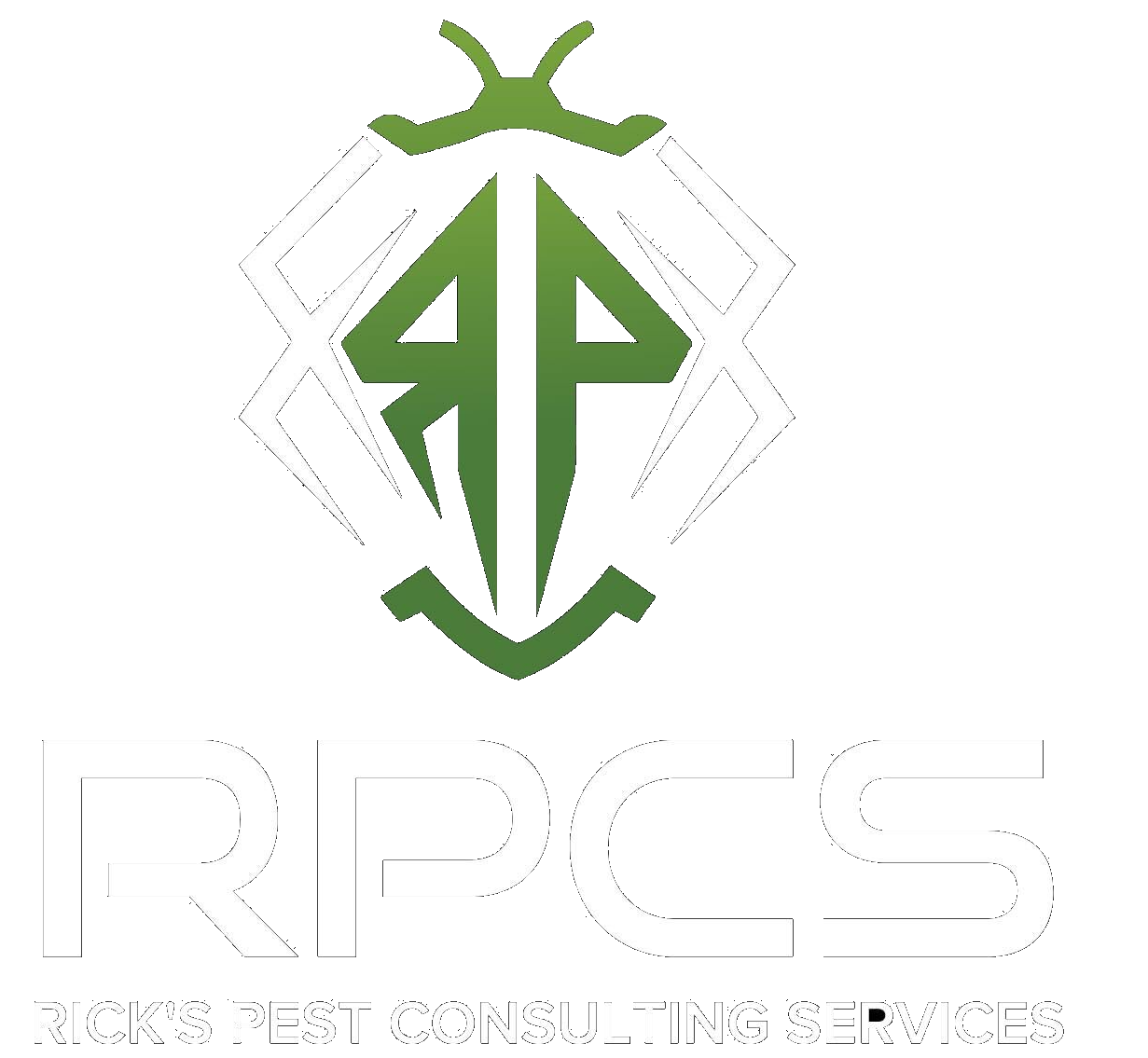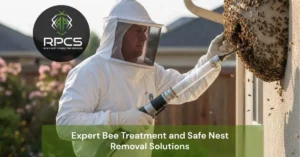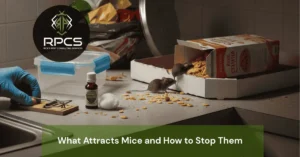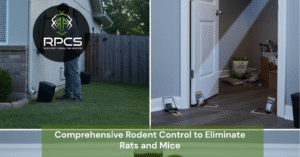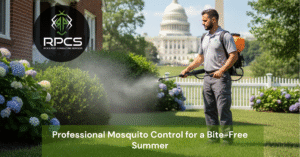Introduction
Discovering rats in your home, attic, or yard can feel alarming, and it should. Beyond chewing wires and damaging insulation, rats spread diseases and reproduce quickly. In the rush to fix the problem, many homeowners make costly mistakes that can worsen infestations.
Here are the most common mistakes to avoid when trying to remove rats from your property, and safer, smarter strategies to keep them out for good.
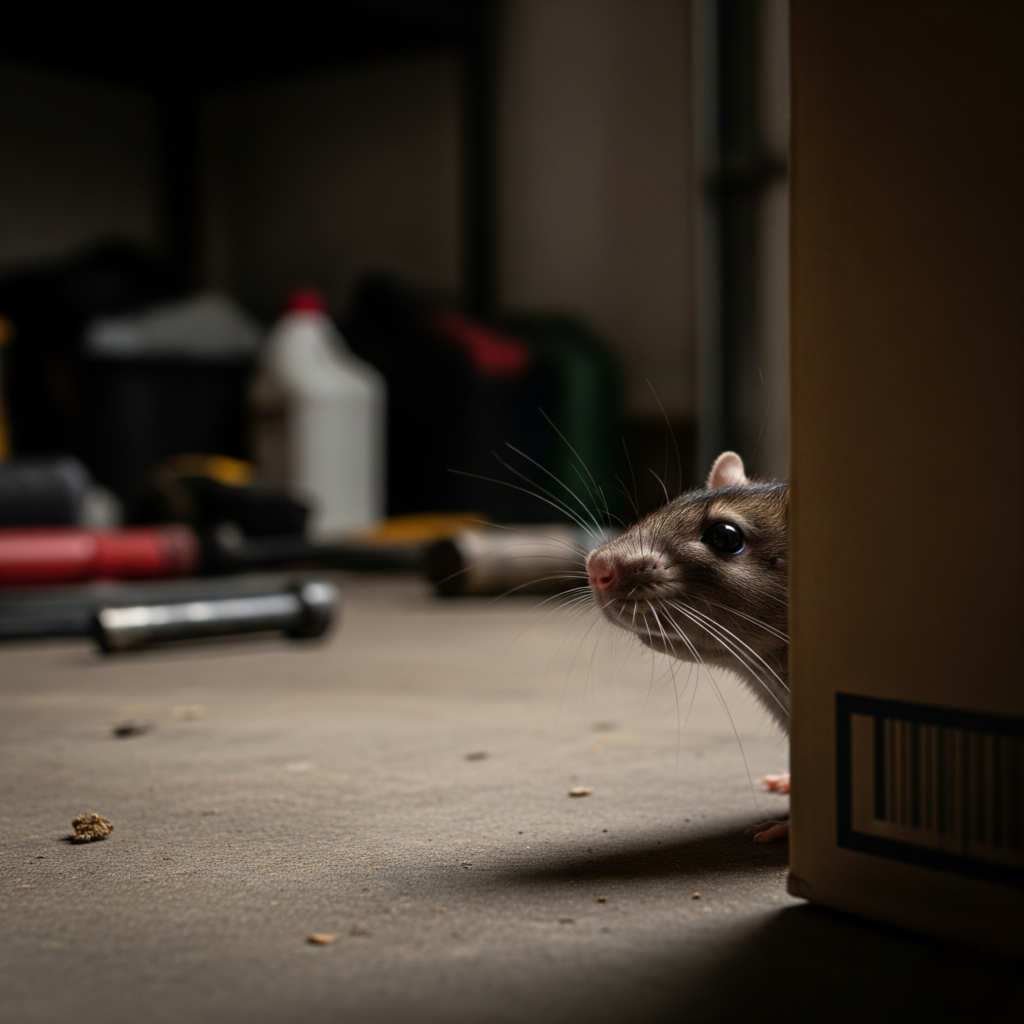
Mistake #1: Only Relying on Poison
Using rodenticide may seem like a quick fix, but it often creates more problems:
- Rats may die in hard-to-reach places, leaving foul odors
- Pets and wildlife risk secondary poisoning if they eat poisoned rats
- It doesn’t address why rats came in the first place (food and shelter)
Better solution:
Focus on exclusion and sanitation: seal entry points and remove food sources first. Use traps to control the population more safely.
Mistake #2: Ignoring Entry Points
Many homeowners catch a few rats but never seal holes and gaps, so new ones move in.
Key entry points rats often use:
- Gaps under garage doors
- Open vents and chimneys
- Cracks in foundations
- Holes around pipes or cables
Tip:
Inspect your home thoroughly, especially around the roofline and crawl spaces. Use materials like steel mesh and metal flashing that rats can’t chew through.
Mistake #3: Using Too Few Traps
Some people set just one or two traps, expecting to catch every rat.
Reality:
Rats breed rapidly; a small colony can quickly overwhelm limited traps.
Better approach:
- Place multiple traps in different areas where droppings, gnaw marks, or rub marks appear
- Use a mix of trap types (snap traps, electronic traps)
- Check and reset traps daily
Mistake #4: Poor Trap Placement
Even good traps won’t work if placed incorrectly.
Common mistakes:
- Setting traps in open areas away from walls
- Putting bait on the trap incorrectly so rats can steal it without triggering
Effective strategy:
- Place traps perpendicular to walls, with the baited end touching the wall
- Keep traps in dark, quiet spots where rats naturally travel

Mistake #5: Using the Wrong Bait
Rats are picky and learn to avoid ineffective bait.
Common bait mistakes:
- Using dry foods that don’t smell strongly
- Overloading traps with too much bait
Best practice:
- Use attractive, high-protein foods like peanut butter, nuts, or dried fruit
- Use just enough bait to make rats trigger the trap while trying to lick or nibble
Mistake #6: Neglecting Sanitation
Even after catching rats, leaving food scraps or clutter invites new ones.
Steps to keep them out:
- Store pet food and birdseed in metal or sealed plastic containers
- Trim shrubs and grass near the house
- Clear out cluttered storage areas where rats can nest
Mistake #7: Not Calling Professionals Soon Enough
DIY methods can work for small or early infestations, but larger colonies hide deeper.
Signs you should call a licensed pest control expert:
- Rats seen during the day (a sign of a large population)
- Strong ammonia odor or frequent droppings
- Gnaw marks on wires or wood
- Failed trapping attempts after a week or more
Professionals combine trapping, baiting (safely), exclusion, and follow-up to keep rats from coming back.
Bonus Tip: Humane Removal Options
If you prefer not to kill rats, ask professionals about:
- Live traps with relocation (check local regulations)
- One-way exclusion doors that let rats exit but not re-enter
- Habitat modification to make your property less inviting
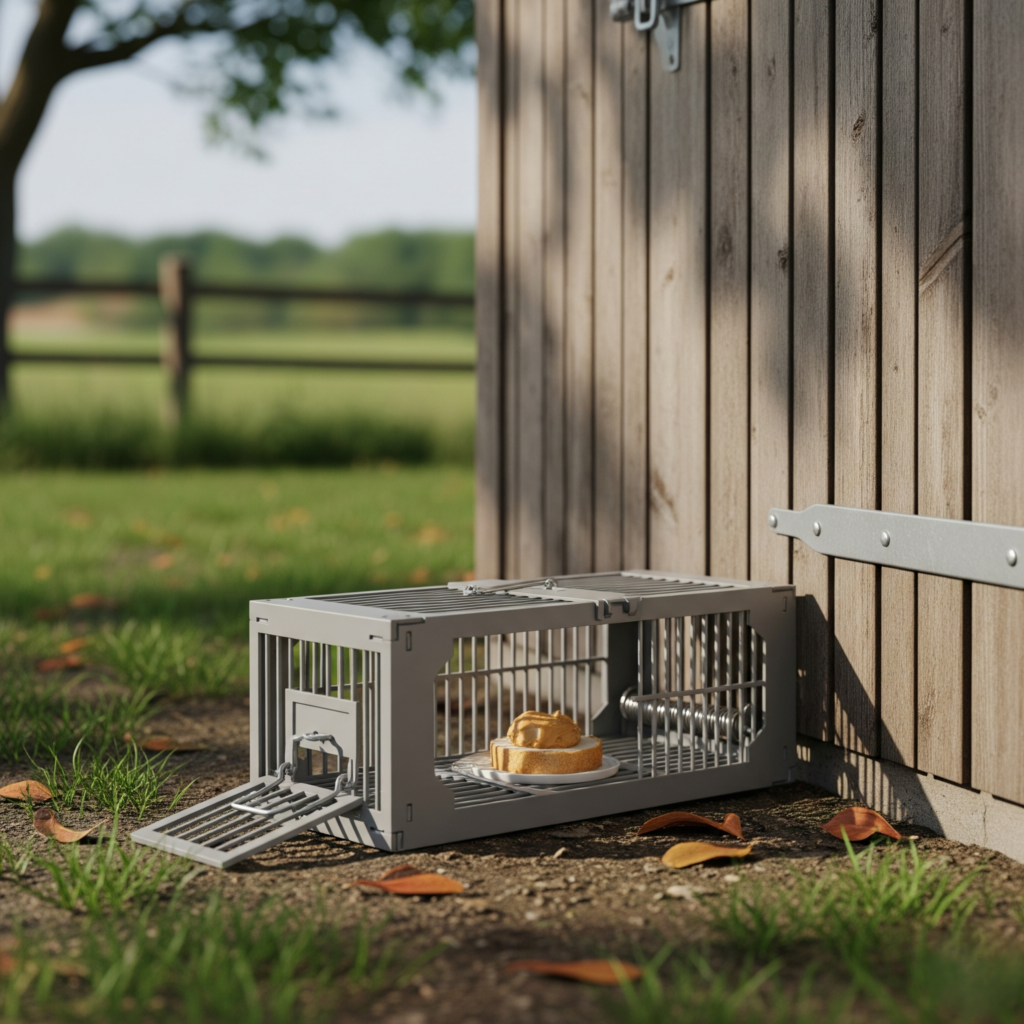
Conclusion
Rats are persistent, but avoiding these common mistakes makes a huge difference:
Seal every entry point
Use enough traps, placed correctly
Keep food secured and clutter down
Act quickly and don’t hesitate to call a professional
Effective rat removal isn’t just about getting rid of the ones you see; it’s about making sure they can’t come back. Contact us today!
